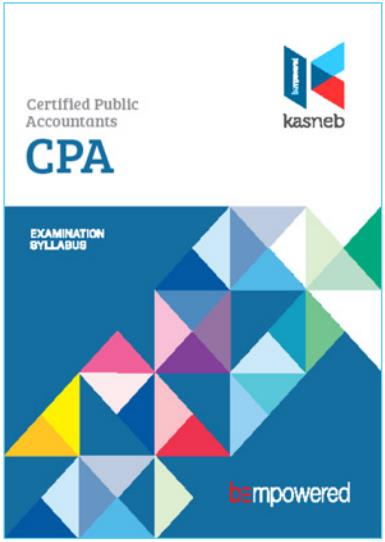CPA- Intermediate Financial Management

About Course
UNIT DESCRIPTION
This paper is intended to equip the candidate with knowledge, skills and attitudes that will
enable him/her to effectively manage, control and optimize on institutional finances.
LEARNING OUTCOMES
A candidate who passes this paper should be able to:
Explain the nature and scope of financial management
Describe the nature and functions of financial institutions and markets
Analyse the sources of finance for an organisation and evaluate various financing
options
Evaluate various investment decision scenarios available to an organisation
Evaluate the performance of a firm using relevant financial tools
Make appropriate capital structure decisions for a firm, Value financial assets and firms
Make appropriate liquidity and dividend decisions for a firm
Evaluate current developments in the field of finance and their impact on financial
decisions
Course Content
1. Overview of Financial Management
-
Introduction to Financial Management
2. The financing decision
3. Financial institutions and markets
4. Time-value of money
Valuation of financial assets and Business
Topic 6 introduction to capital structure decision
7. Introduction to capital budgeting decisions
8. Financial statement analysis and foresting
9. Working capital management
10. Dividend decisions
11. introduction to portifolio analysis
12. Islamic finance
13. Personal financial management
14. Contemporary issues and emerging trends
Student Ratings & Reviews

